Pearl Value: Is Pearl More Valuable Than Gold?

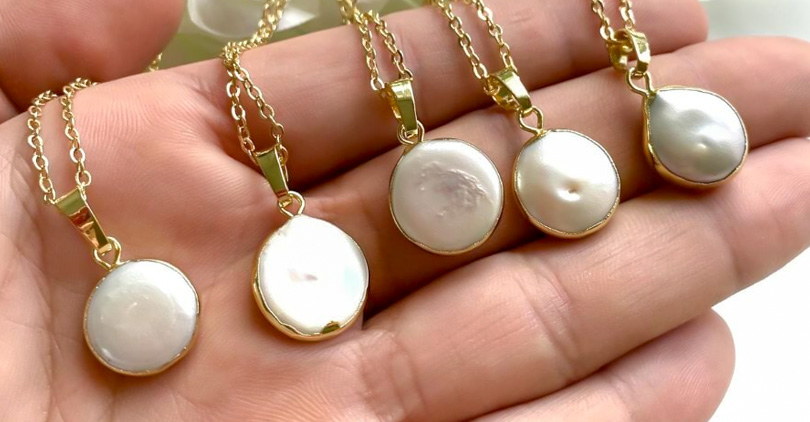
Are pearls more valuable than gold? Pearls have always been popular in jewelry because they are timeless and beautiful. Royals wear pearl necklaces, while Hollywood actresses don pearl earrings. But do pearls beat gold when it comes to price?
For centuries, people have used precious metals like gold to show their wealth and importance. Pearls offer an interesting alternative. They're loved for being naturally different from one another and having a special beauty—simple elegance—attractive to many people.
Each pearl is unique, coming in various colors, shapes, sizes, and levels of shine or iridescence (the rainbow-like play of color on surfaces). This individuality makes these gems from the sea highly coveted—they're not mass-produced like some other types of jewelry.
But does this mean that pearls are automatically worth more than gold? In this article, we will explore pearls vs. gold value so you can better understand how jewelers determine what something is really "worth."
The Rarity of Pearls and Gold
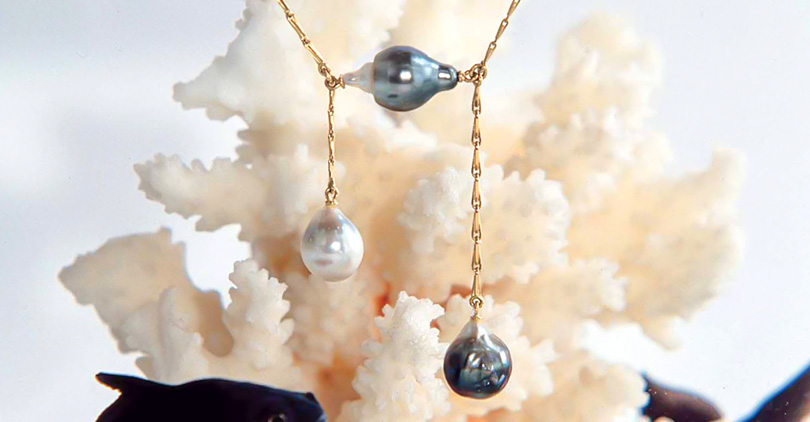
When thinking about the worth of pearls and gold, rarity is a factor that immediately springs to mind. While both are rare, they are so in different ways. Pearls are formed naturally inside mollusks – treasures from the sea.
Gold, however, is a precious metal with limited quantities found on our planet. The fact that there isn't much material around affects how valuable we consider them to be!
Pearls
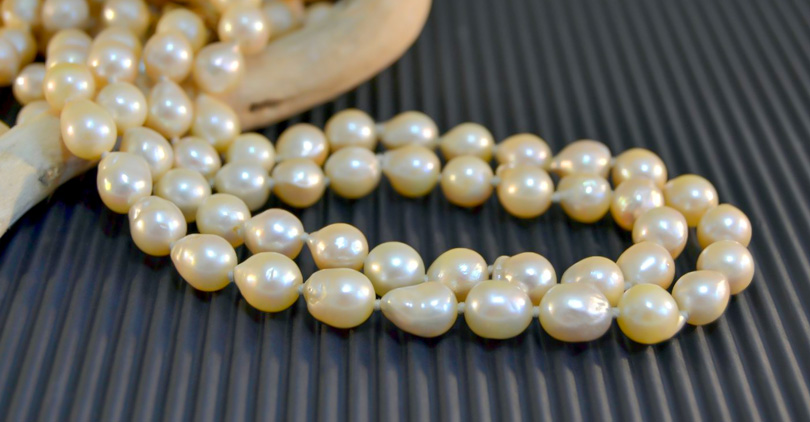
Rarity is important when considering the value of pearls. Wild or natural pearls occur spontaneously in the wild, but they are incredibly rare and valuable. For centuries, pearl divers would open hundreds of pearl oysters – often killing the mollusk inside – in search of just one precious pearl. It's estimated that fewer than one in every 10,000 wild oysters actually contains a pearl.
This scarcity, plus the fact they are difficult to find (which requires labor-intensive searching), makes them all the more desirable – and expensive. Think millions of dollars for a single strand.
Cultured pearls, by comparison, can be farmed: humans simply insert an irritant into an oyster or mussel. This stimulates it to produce nacre and bingo! A cultured pearl forms. That's why cultured pearls have a lower value.
Gold
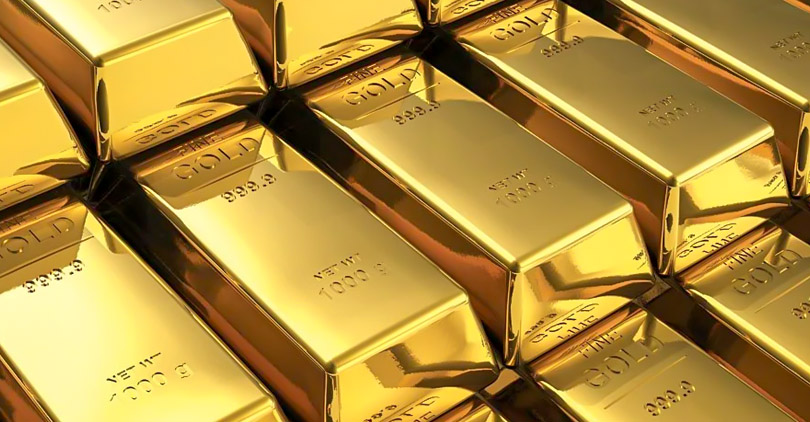
Gold is a rare and valuable metal that attracts people because there isn't much of it available. The Earth's crust contains about 2. 6 *10^22 kilograms of material overall, but just one ten-millionth of this (about 400 billion kilograms) is gold.
Not all of that is easy to get at. Some of it lies under oceans, parts are too deep in the ground to reach easily, and new discoveries keep pushing the amount we have up, albeit slowly.
The fact that there's so little gold in the world also makes it difficult and expensive to extract from anything it's been mixed with.
It doesn't corrode as base metals do, so they can be found in huge lumps or nuggets–sometimes weighing tens or hundreds of kilograms–that date back billions of years.
Market Value Trends
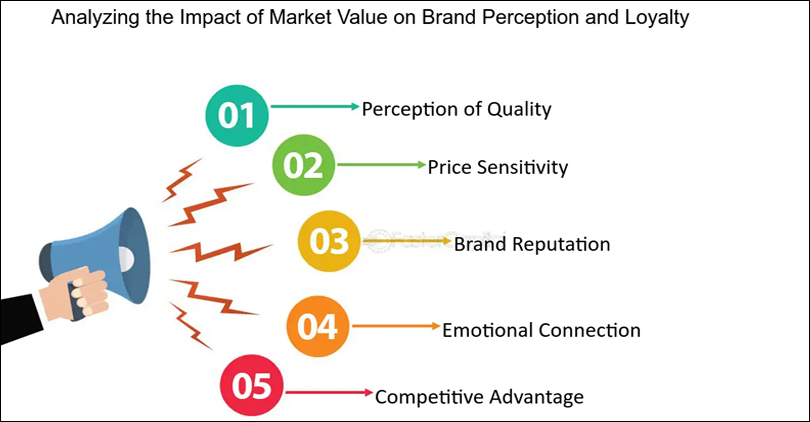
When it comes to valuing pearls and gold, one important factor to consider is how their market values are trending.
Just like with any commodity, the prices of these precious materials can fluctuate based on factors such as supply and demand, economic conditions, and global market forces. Knowing these trends can help you determine which may be worth more at any given time.
Historical Market Trends for Pearls
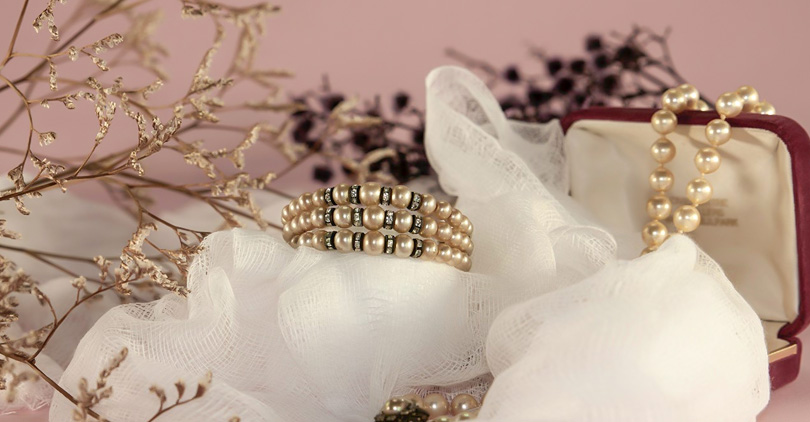
Throughout history, the market value of pearls has fluctuated due to changes in their rarity, fashion trends, and the ability to culture them. Originally, natural pearls were rare and considered valuable. They were a sign of wealth and importance in societies across the globe.
However, when people found out how to produce pearls on farms early in the 20th century, more came onto the market – causing prices to drop. But tastes adapt.
Today, well-cultured pearls are both admired and valuable (though those found in the wild still fetch higher prices than cultured ones).
Analysis of Gold's Market Value Over Time
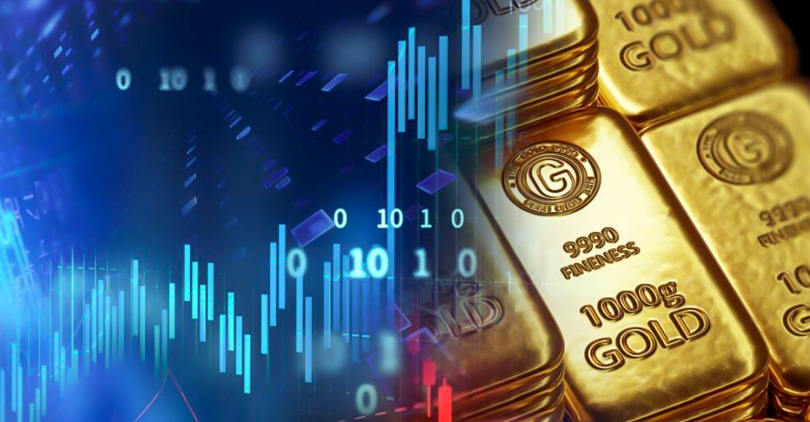
Gold has been considered a measure of wealth for thousands of years because it is rare and has useful characteristics. In general, when things get shaky economically or inflation surges, the price tends to go up—which helps confirm its status as a "safe haven" investment.
Gold's value is not so much influenced by things like whether chokers are in fashion this year but more by factors such as currency values, inflation rates over the long run, and how geopolitics affects global economic stability.
Because it tends to hold its own over time, gold can be attractive to investors who want something that could provide lots of schmaltz down the line.
Current Market Prices: Pearls vs. Gold

There are some important trends in the world of natural and cultured pearls. Natural pearls, which form inside oysters without any help from humans, are incredibly rare – and eye-wateringly expensive.
Case in point: Marie Antoinette's Natural Pearl and Diamond Pendant sold at auction last year for a cool $36.8m.
Cultured pearls, deliberately grown by pearl farmers who implant irritants into mollusks to prompt the production of nacreous orbs, vary hugely in price. They can sell for anywhere between $50 and more than $165,000, depending on the quality and other factors.
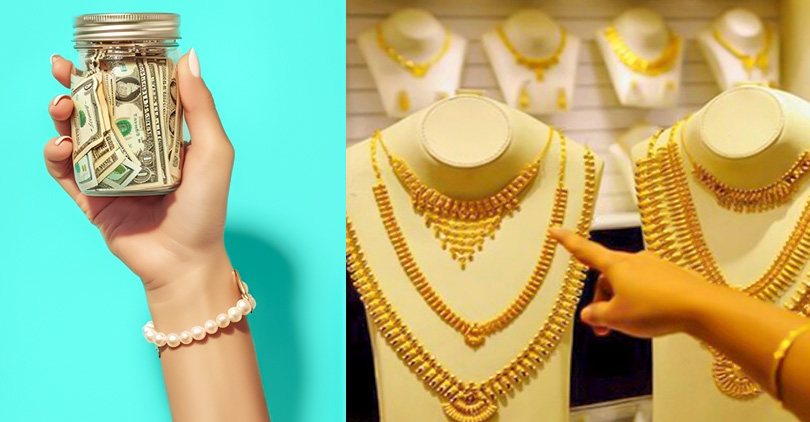
Different types of pearls come with differing price tags attached to them, too. Freshwater pearls tend to be cheaper than their saltwater cousins. You might pay anything from around $100 up to the thousands for a classic strand necklace.
Akoya pearls are priced between $300 and $10,000 per strand, depending on their roundness and shine. South Sea pearls naturally come in white and golden tones. You can buy freshwater ones for about $100, but some strands go for over $10,000.
The latest market rate for gold is about $2,388.73 an ounce. This is near a recent high point; people buy gold when they're worried about the economy because its price doesn't change as much as others.
Economic conditions worldwide, how much people want it, and even politics can move the price of gold up and down a lot. For many investors, it's worth having some gold around from way back because it almost always does what you expect!
Historical Significance and Cultural Impact

Pearls and gold have a long history of use in jewelry, but they have also played important roles in various cultures throughout time.
Pearls

Pearls are considered precious in old civilizations as they are formed inside oysters living in water. They stood for purity and wisdom, and ancient people thought of them variously.
Chinese elites felt pearls could save them from fire or dragons, while the Persians believed such gems were droplets shed by gods.
Because they have a beautiful shine, pearls were worn only by society's very rich and important people – so having pearls showed you belonged to this group (and also proved how rich you were!).
Gold
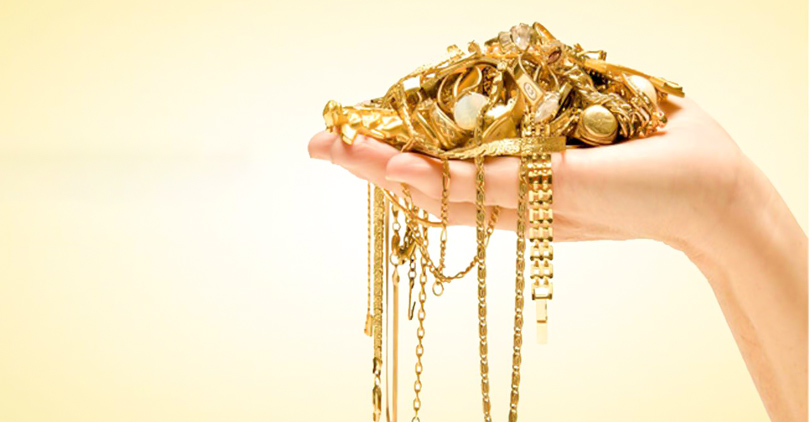
Yet gold has consistently symbolized permanence and lasting worth. Ancient Egyptians interred corpses with gold because they deemed it godly and indestructible—a substance befitting divinities that would enable mortals' souls to traverse into the next world.
Its lustrous endurance has stood for something everlasting, ruling over human desires as potently as it commands commerce.
Witness the detailed golden artifacts found in Tutankhamun's tomb or consider its role in underpinning today's global financial infrastructure.
Gold outlasts dynasties, governments, or faiths. It signifies not just wealth and power but also aspects of immaterial value no spreadsheet can capture.
Other Factors Influencing Value

In the world of precious materials, few things shine as brightly as gold or pearls. They're cherished for their beauty and rich history—but what really determines how much they're worth?
It's a complicated question with no one-size-fits-all answer. The value of these gems can fluctuate widely based on everything from certain characteristics they possess to broader economic trends:
Factors Influencing Pearl Prices
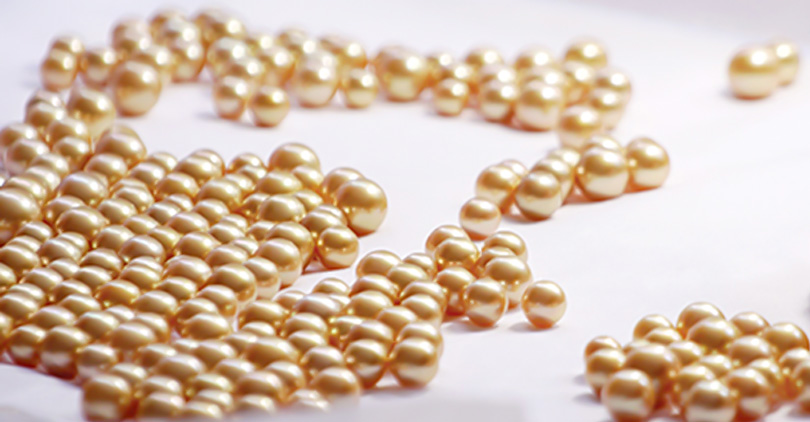
When it comes to determining how much pearls are worth, their physical attributes are the main drivers of value. One important factor is size: larger pearls tend to be more valuable because they are harder to find.
Shape also plays a role in price as round pearls are coveted by buyers. A good luster – the way light reflects off the surface – is crucial, too. Those with high luster fetch top dollar.
Worth also depends on how clean and smooth the surface appears under magnification, as well as color. White or black might be classic, but tones like pink and green can make a pearl rarer (and pricier!).
Factors Influencing Gold Prices
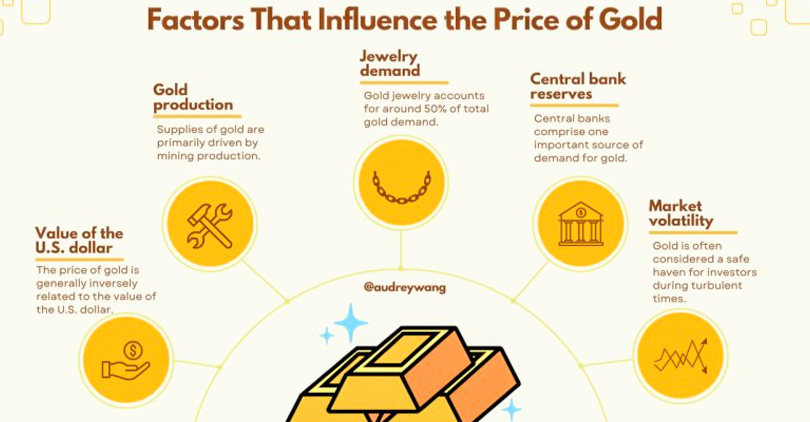
On the other hand, gold prices are strongly affected by macroeconomic factors. Economic stability or instability can lead to major swings in gold prices as investors flock to it as a safe haven investment during periods of economic uncertainty.
Inflation is another important driver. When the cost of living goes up, so does the value of gold because it is considered a hedge against rising prices – and vice versa.
Gold's supply and demand dynamics, central bank policies, and currency values also influence its worth, meaning its market performance is intertwined with wider global economic trends. There is a lot more to consider than simply whether people are buying lots (or not).
Conclusion
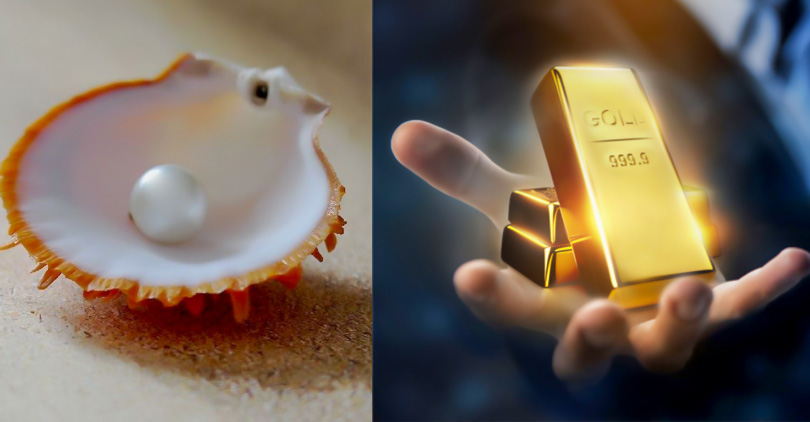
In the endless debate between pearls and gold, it's clear both hold immense value. Gold claims scarcity as a precious metal, with timeless appeal. Pearls enchant: they are rare, beautiful – and becoming rarer.
Market prices vary widely: freshwater pearls can be affordable, while South Sea ones may count as one of your better investments.
Ultimately, however, whether you prefer pearls or gold comes down to personal taste, emotional resonance, and cultural background.
Radiant pearls or enduring gold? Consider yourself fortunate if you possess either: there is simply nothing else like them.


Leave a Comment